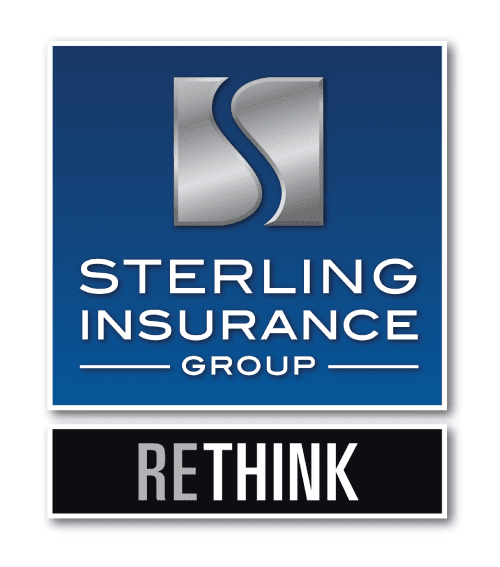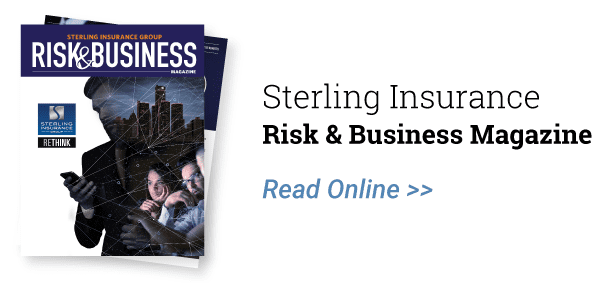
What’s Lurking Outside
While manufacturing today still involves a number of traditional operations, digital technologies are rapidly becoming more deeply integrated into the manufacturing process. Once limited to the four walls of the manufacturing plant, companies are increasingly susceptible to outside variables.
Technologies like cloud computing, software and low-cost IT hardware components make manufacturing more configurable, efficient and productive. But with this new paradigm shift comes the need for both Cyber and Errors & Omissions (E&O) insurance. As manufacturers continue to deploy digital technologies, added levels of risk management controls are required, ever mindful of the escalating cyber and operational risks.
While most manufacturers purchase Property and General Liability (Premises and Products Liability) insurance, many still do not buy Cyber and E&O insurance. These policies provide meaningful insurance protection, however, as manufacturers increase their digital footprint, integrated E & O and Cyber insurance solutions should be developed to ensure that emerging or unanticipated exposures are holistically addressed.
5 Reasons for a Manufacturer to Consider E&O:
(E&O insurance policies respond to economic injuries sustained by customers and other third parties due to product or service defects or failure of products or services to perform in accordance with an agreement.)
- Compliance with Contractual Requirements: Increasingly, manufacturers are required to provide evidence of Professional Liability/E & O/Cyber Insurance. This is especially the case when such manufacturers are offering integrated “turn-key” solutions, providing services or products to regulated industries or when servicing large customers.
- Economic/Financial Injury: Unlike typical product liability policies that respond to “property damage” claims, E&O can respond to claims for economic injury sustained outside of the context of damage to or loss of use of property.
- Damage to Data, Software or Information: Product liability policies traditionally respond to damage to or loss of use of tangible property, whereas E&O solutions are expressly built in recognition of both physical and non-physical (aka, “digital” risks).
- Integrated v. Silo-based Insurance Response: Common exposures like faulty product design or “Cyber-risks” may lead to injuries at different times and places; involve different claimants; and ultimately, impact multiple lines of insurance. Having a coordinated and fully integrated portfolio of insurance solutions in force is important at time of loss.
- Product and Service-based Cyber Insurance Response: Manufacturers are increasingly embedding digital technologies into their products or operations that process, transmit or store customer data for future use. If this data is disclosed, corrupted or unavailable, serious economic injuries could happen.
5 Reasons for a Manufacturer to Consider Cyber:
(Cyber insurance policies respond to legal liability and First party expenses associated with network security breaches, unauthorized access, data loss and other digital incidents.)
- Digitization and Connectivity: Industry 4.0/IIoT has and will continue to drive increased digitization and connectivity by manufacturers. This expanding digital footprint creates a larger surface for cyber-attacks, thus increasing their exposure and loss potential.
- Reliance upon 3rd Party Providers: Manufacturers can be financially impacted by cyber events targeting owned systems or their vendors, suppliers or service providers. Cyber policies can protect against the loss of revenues from a degradation or cessation of operations resulting from such events.
- Manufacturers Targeted, At Risk: Manufacturers are a targeted industry for cyber-attacks and cyber-espionage. Based on a recent 2017 BDO Manufacturing Report of the top 100 U.S. manufacturers, 96% cited cybersecurity breaches as a critical risk factor in 10-K filings, along with 100% citing supplier or vendor disruption. In particular, the manufacturing sector has recently seen a rise in Ransomware. Cyber policies provide insurance and services designed to address the unique nature of such attacks.
- Pre- and Post-Breach Cyber Services: Purchasing Cyber insurance involves a review of cyber risks, controls and breach preparedness. Leading insurers provide pre- and post-breach services to assist customers.
- Escalating Cost of Cyber Incidents: One of the obstacles for manufacturing when considering the purchase of insurance is a lack of publicly available loss data to make informed purchasing decision. Leading insurers have extensive data that provides potential customers with useful information about underlying causes and financial impacts of cyber losses.
Given the technological changes impacting the manufacturing industry’s ecosystem, purchasing an integrated insurance solution, including Cyber and E&O, will help to serve their rapidly evolving enterprise risks.
Want to learn more? Tune in to the coordinating podcast for this topic: Click here.
The Author
Blog was guest-written by Chris Cravens, an Assistant Vice President of Underwriting for the Technology Market Segment at Chubb Insurance. Chris has been in the insurance industry for 16 years and at Chubb since 2004. He specializes in Property & Casualty programs, with a concentration in Cyber/E&O, for firms in the Technology & Manufacturing sector. For more information please visit:
Chubb Manufacturing Solutions
Chubb Cyber Products
Chubb Cyber Services


